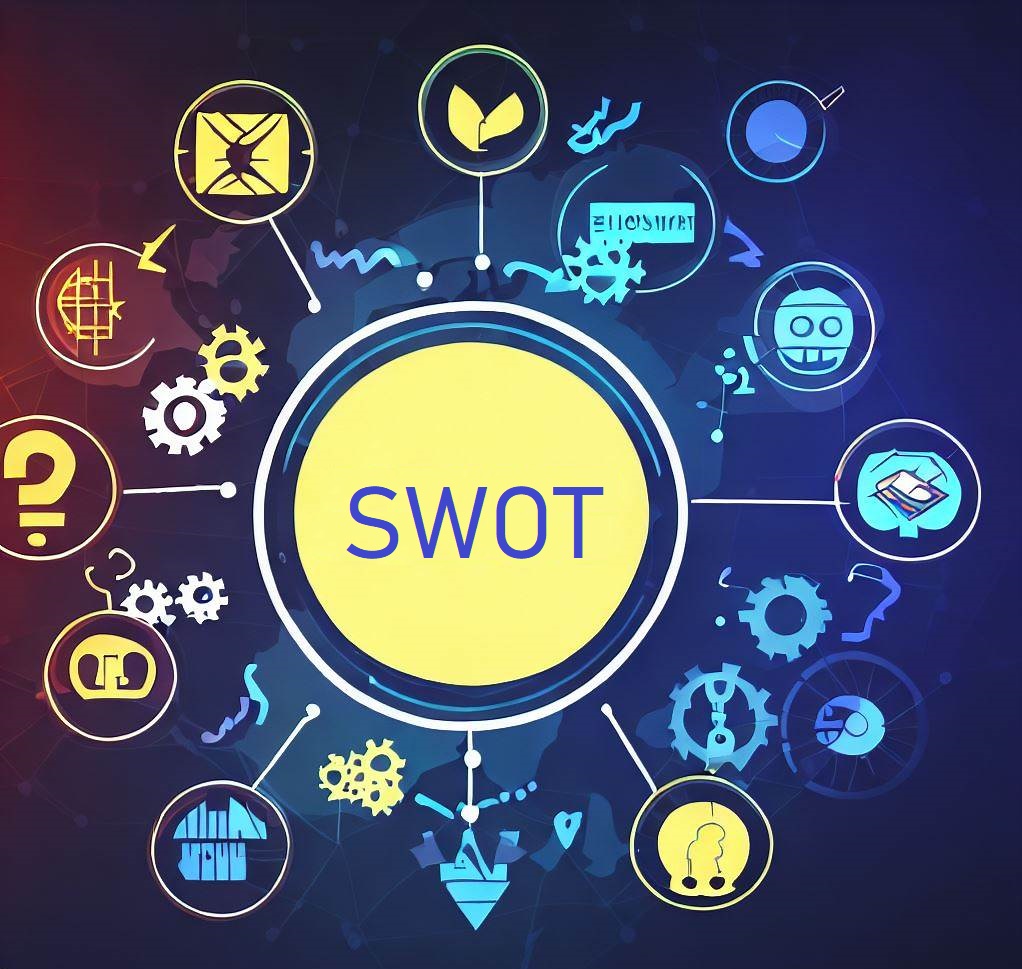Project Management Plan
Creating a Project Management Plan requires collaboration and input from various stakeholders. It serves as a roadmap that guides the project team and stakeholders through the project's lifecycle, ensuring a structured and organized approach to project execution. Regularly update the plan as the project progresses and circumstances change to ensure it remains accurate and relevant.







